Optimizing Cannabis Cultivation: the Benefits of Side Lighting
Cannabis cultivation has entered a new era of precision and innovation, with growers relentlessly exploring methodologies to elevate yield, quality, and overall plant health. One such groundbreaking technique gaining prominence is side lighting – a strategic approach that involves placing light sources on the sides of the plant canopy. In this comprehensive exploration, we will delve into the benefits of side lighting in cannabis cultivation, understanding the science behind it, exploring real-world applications, and providing insights into optimizing this technique for optimal results.
Section 1: Setting the Stage
1.1 Evolution of Cannabis Cultivation
Cannabis cultivation has transitioned from clandestine operations to sophisticated endeavors, often housed in controlled indoor environments. The advent of legal cannabis markets has encouraged cultivators to adopt advanced techniques to maximize the potential of their crops.
1.2 The Role of Lighting in Cannabis Cultivation
Lighting is a cornerstone in indoor cannabis cultivation, mimicking the sun’s natural cycles to provide the energy necessary for photosynthesis. Traditionally, growers heavily relied on overhead lighting systems, but the quest for improved efficiency and better yields has led to the exploration of supplementary techniques, with side lighting at the forefront.
Section 2: Understanding Side Lighting
2.1 Defining Side Lighting and the Science Behind Side Lighting
Side lighting involves the strategic placement of light sources on the sides of the plant canopy. Unlike traditional overhead lighting, side lighting targets the peripheral areas of the plants, addressing potential shading issues and unlocking a myriad of benefits.
2.2 Photosynthetic Photon Flux Density (PPFD)
The science behind side lighting revolves around achieving balanced Photosynthetic Photon Flux Density (PPFD) across the entire canopy. PPFD measures the number of photons hitting a specific area per second, and achieving uniformity ensures that all parts of the plant receive adequate light for optimal photosynthesis.
2.3 Phytochrome Photoreceptors
Phytochrome photoreceptors, sensitive to different light wavelengths, play a crucial role in regulating plant development and flowering. Side lighting influences phytochrome responses, affecting the plants’ growth patterns and overall health.
2.4 Light Spectrum and Plant Responses
Understanding how different wavelengths of light influence specific aspects of plant growth is essential. Side lighting allows growers to manipulate the light spectrum to tailor it to the needs of cannabis plants during various growth stages.
Section 3: The Multifaceted Benefits of Side Lighting
3.1 Increased Bud Sites and Enhanced Flowering One of the primary advantages of side lighting is the stimulation of additional bud sites. By providing light to lateral branches and lower portions of the plant, side lighting encourages more robust flowering, ultimately leading to increased yield and improved harvest quality.
3.2 Maximizing Cannabinoid and Terpene Production
Side lighting has been linked to increased cannabinoid and terpene production. The additional light exposure prompts the plant to produce more secondary metabolites, leading to a richer and more diverse cannabinoid and terpene profile in the harvested cannabis.
3.3 Improved Canopy Penetration
Traditional overhead lighting may create shading within the canopy, limiting light penetration to lower branches and leaves. Side lighting addresses this issue directly, ensuring that light reaches even the most interior parts of the plant canopy. This contributes to a more uniform and robust overall plant structure.
3.4 Enhancing Plant Health and Resilience
Side lighting promotes a more balanced plant structure, reducing the risk of issues such as lopsided growth and structural weaknesses. By enhancing overall plant health, side lighting contributes to a more resilient crop that can better withstand environmental stressors.
3.5 Increased Light Uniformity
The strategic placement of side lights contributes to a more even distribution of light across the entire canopy. This helps in avoiding hotspots or areas with insufficient light, ensuring that each part of the plant receives the required illumination for optimal growth.
3.6 Optimizing Space Utilization
Side lighting allows for efficient use of cultivation space. By addressing peripheral areas that may be underutilized with traditional lighting, growers can maximize the potential of their indoor facilities and increase overall yield per square foot.
Section 4: Choosing the Right Side Lights
4.1 Spectrum Considerations
Selecting the right spectrum for side lights is crucial. A balanced combination of red and blue wavelengths, tailored to the specific needs of cannabis plants at different growth stages, ensures optimal results.
4.2 Intensity Adjustment
Adjusting the intensity of side lights based on the growth stage of the plants prevents light stress and ensures that the additional light provided complements the existing lighting setup without causing imbalances.
4.3 Placement Strategies
Strategic placement of side lights involves finding the right balance to complement overhead lighting without creating hotspots or shadows. The aim is to achieve uniform light distribution and ensure that each part of the canopy receives adequate illumination.
Section 5: Real-World Applications
5.1 Success Stories from Cultivators
To provide practical insights into the benefits of side lighting, this section will feature real-world success stories from experienced cannabis cultivators. These anecdotes will showcase diverse applications of side lighting, the challenges faced, and the positive outcomes achieved through its implementation.
Section 6: Overcoming Challenges with Side Lighting
6.1 Heat Management
One challenge associated with side lighting is managing the heat generated by additional light sources. Employing proper ventilation and cooling systems is crucial to maintaining an optimal growing environment.
6.2 Energy Consumption
While side lighting offers numerous benefits, it also adds to the overall energy consumption of the cultivation facility. Implementing energy-efficient technologies and adopting smart control systems can help mitigate this challenge.
6.3 Striking a Balance with Overhead Lighting
Integrating side lighting requires careful consideration to strike a balance with existing overhead lighting systems. Ensuring that side lights complement rather than compete with overhead lights is key to achieving optimal results.
Section 7: The Future of Side Lighting in Cannabis Cultivation
7.1 Technological Advancements
As technology continues to advance, the future of side lighting in cannabis cultivation looks promising. Innovations in LED technology, smart controls, and automation are likely to further enhance the precision and efficiency of side lighting applications.
7.2 Research and Development
Ongoing research into plant responses to different light spectra and intensities will contribute to refining side lighting techniques. Collaboration between cultivators, scientists, and technology developers will pave the way for continuous improvement.
In conclusion, side lighting stands as a transformative technique in the realm of cannabis cultivation. Its multifaceted benefits, ranging from increased bud sites to enhanced cannabinoid and terpene production, underscore its potential to revolutionize indoor growing practices. By understanding the science behind side lighting, carefully selecting the right equipment, and overcoming associated challenges, cultivators can unlock the full potential of their cannabis crops. As the cannabis industry continues to evolve, side lighting is poised to play a pivotal role in shaping the future of indoor cultivation, offering growers a powerful tool to optimize yields and produce top-tier cannabis products.











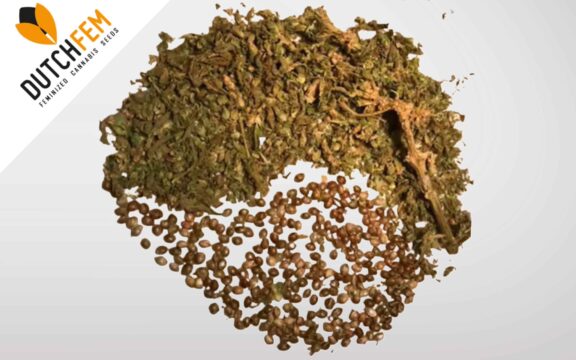









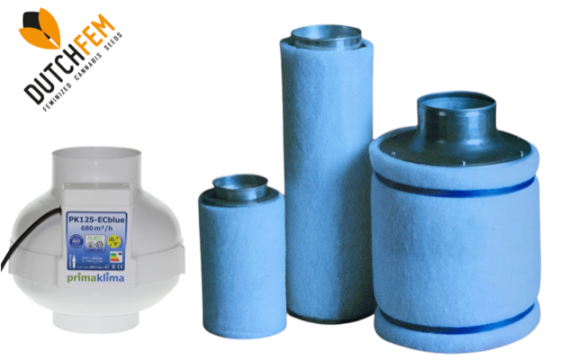




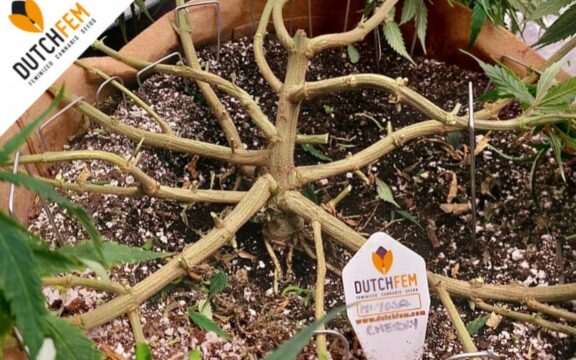




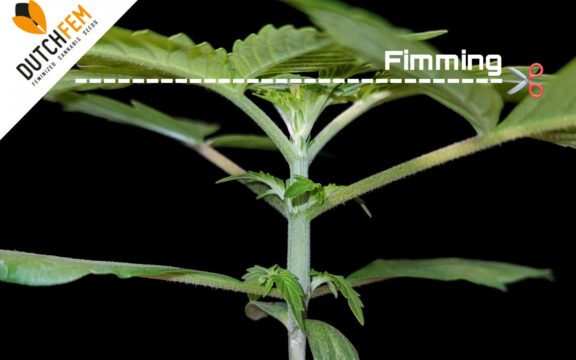



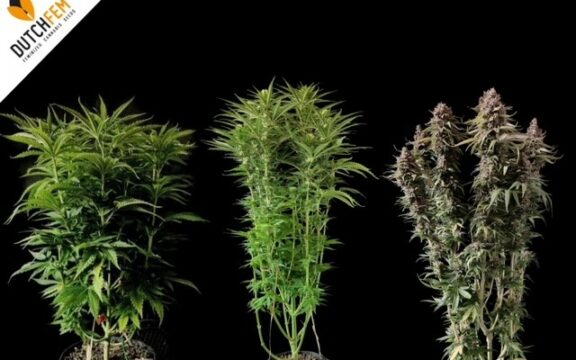




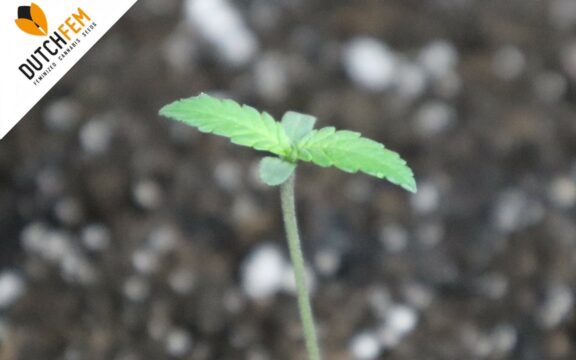

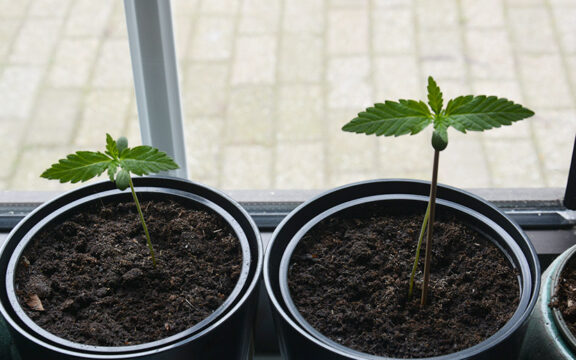
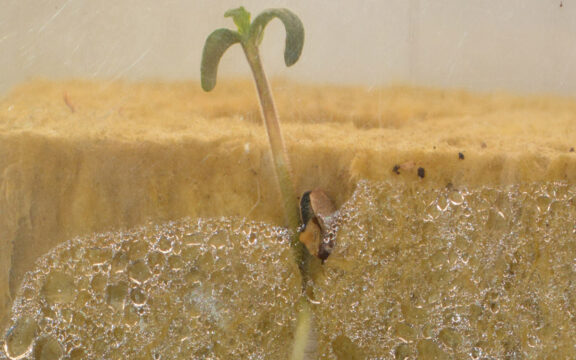





You must be logged in to post a comment.